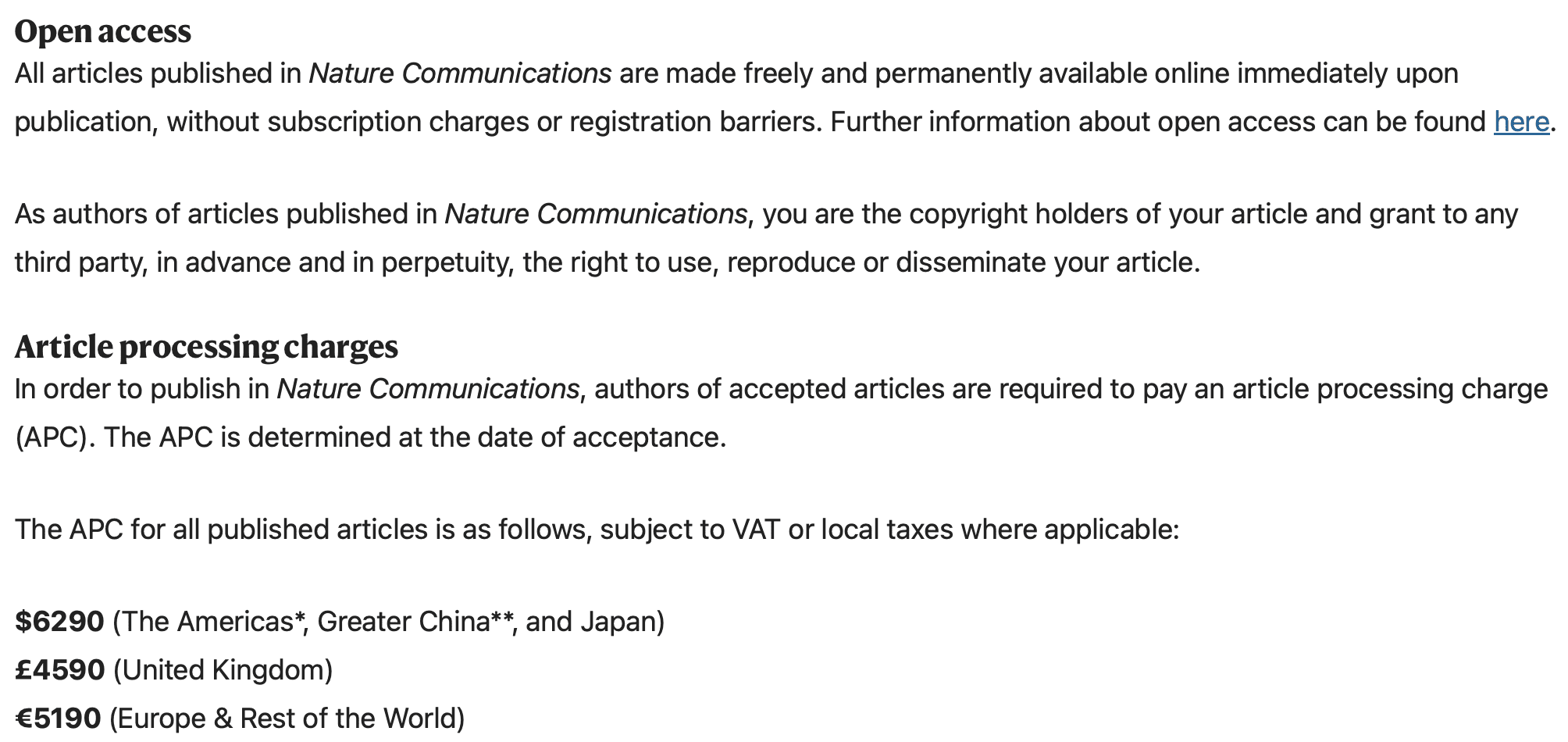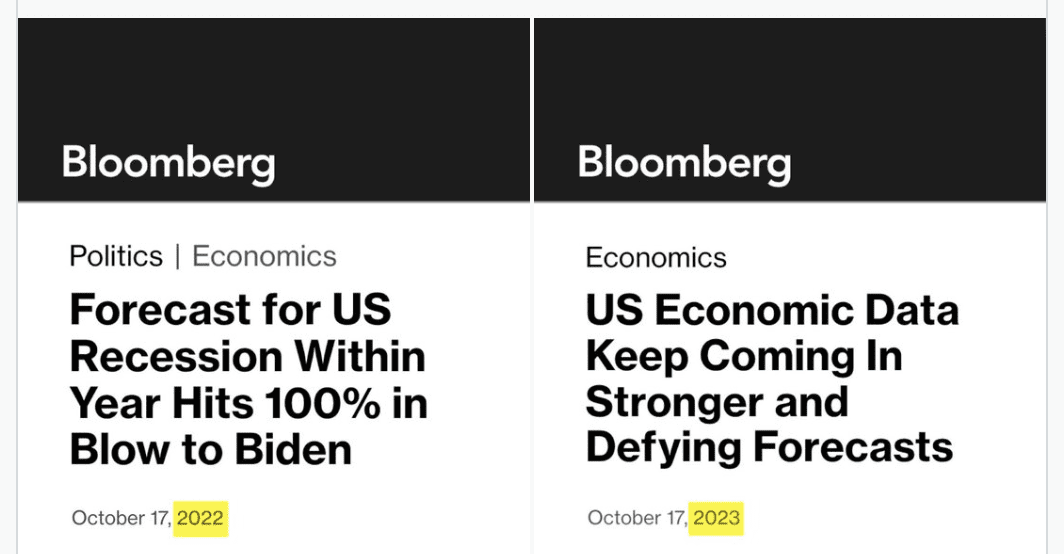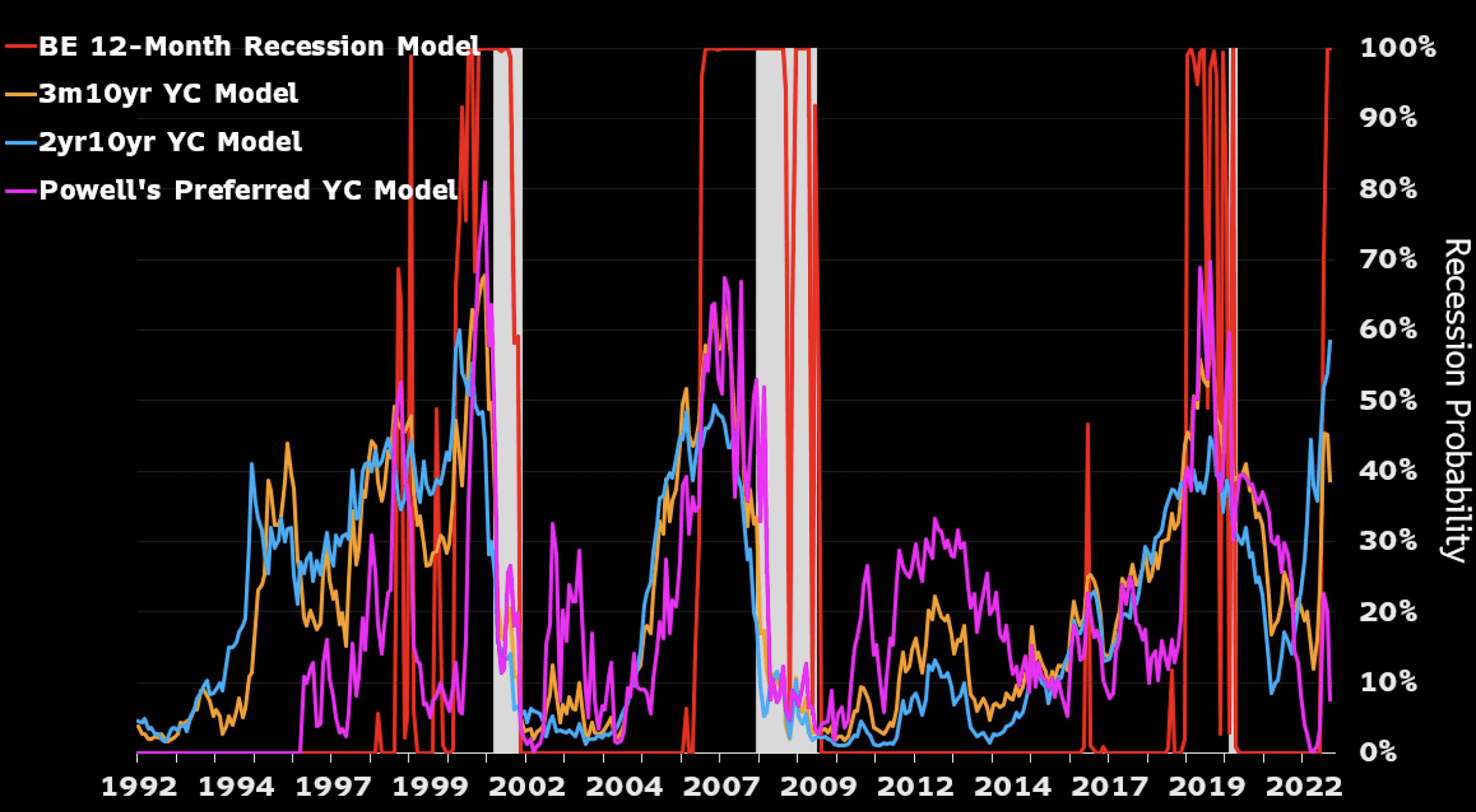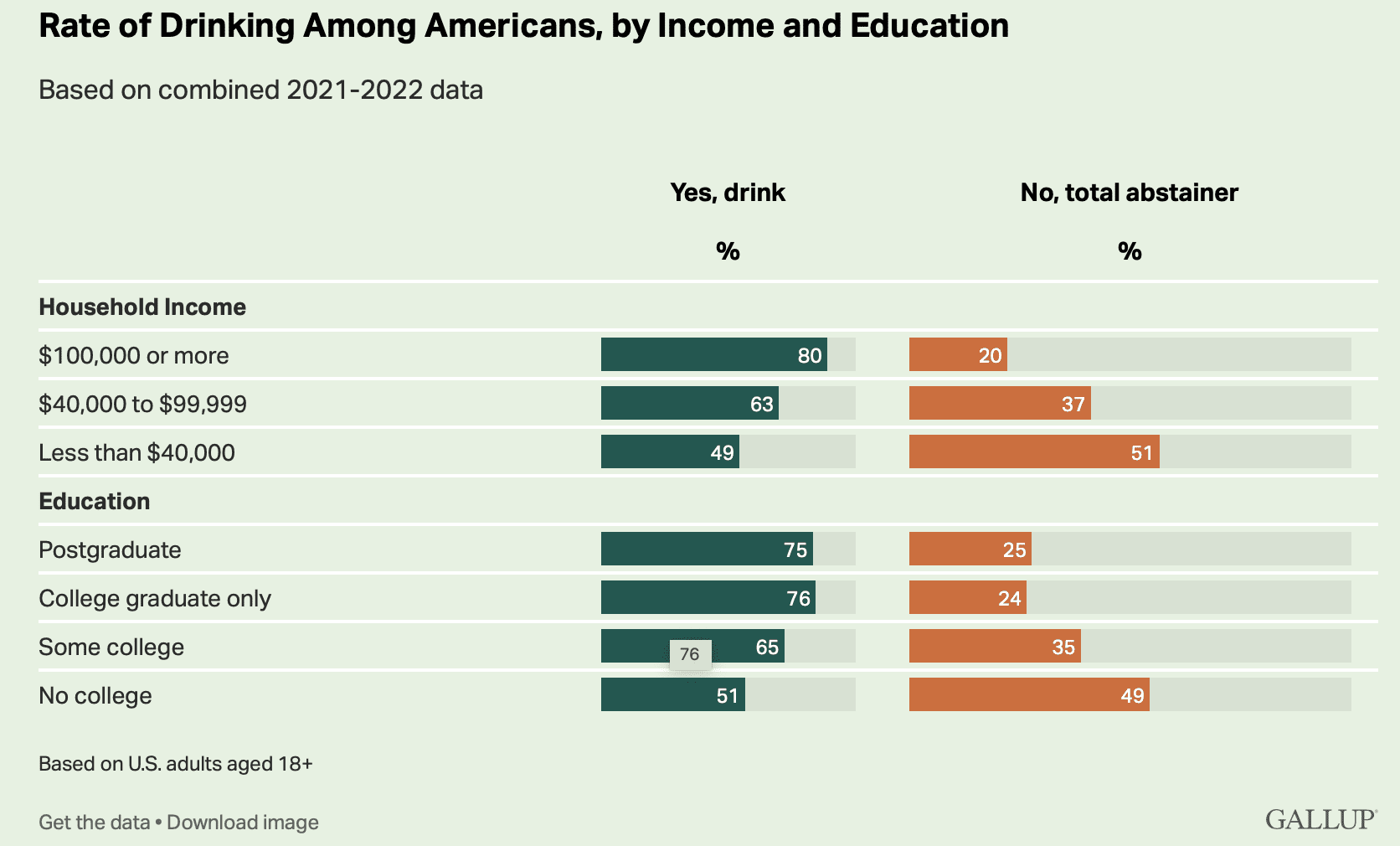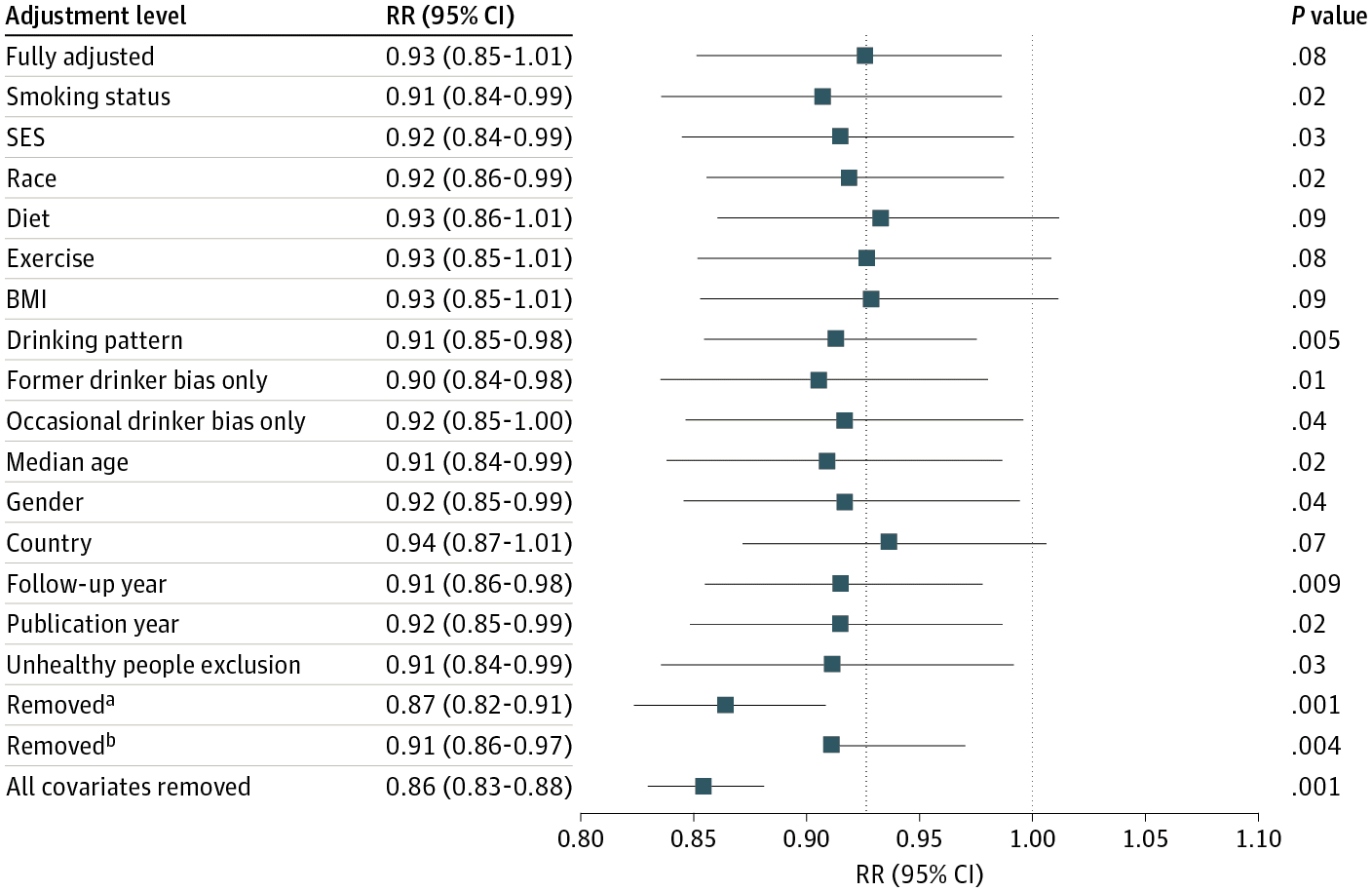The webpage is maintained by John Hunter, son of Box’s collaborator William Hunter, and I came across it because I was searching for background on the paper-helicopter example that we use in our classes to teach principles of experimental design and data analysis.
There’s a lot to say about the helicopter example and I’ll save that for another post.
Here I just want to talk about how much I enjoyed reading these thirty-year-old Box articles.
A Box Set from 1990
Many of the themes in those articles continue to resonate today. For example:
• The process of learning. Here’s Box from his 1995 article, “Total Quality: Its Origins and its Future”:
Scientific method accelerated that process in at least three ways:
1. By experience in the deduction of the logical consequences of the group of facts each of which was individually known but had not previously been brought together.
2. By the passive observation of systems already in operation and the analysis of data coming from such systems.
3. By experimentation – the deliberate staging of artificial experiences which often might ordinarily never occur.
A misconception is that discovery is a “one shot” affair. This idea dies hard. . . .
• Variation over time. Here’s Box from his 1989 article, “Must We Randomize Our Experiment?”:
We all live in a non-stationary world; a world in which external factors never stay still. Indeed the idea of stationarity – of a stable world in which, without our intervention, things stay put over time – is a purely conceptual one. The concept of stationarity is useful only as a background against which the real non-stationary world can be judge. For example, the manufacture of parts is an operation involving machines and people. But the parts of a machine are not fixed entities. They are wearing out, changing their dimensions, and losing their adjustment. The behavior of the people who run the machines is not fixed either. A single operator forgets things over time and alters what he does. When a number of operators are involved, the opportunities for change because of failures to communicate are further multiplied. Thus, if left to itself any process will drift away from its initial state. . . .
Stationarity, and hence the uniformity of everything depending on it, is an unnatural state that requires a great deal of effort to achieve. That is why good quality control takes so much effort and is so important. All of this is true, not only for manufacturing processes, but for any operation that we would like to be done consistently, such as the taking of blood pressures in a hospital or the performing of chemical analyses in a laboratory. Having found the best way to do it, we would like it to be done that way consistently, but experience shows that very careful planning, checking, recalibration and sometimes appropriate intervention, is needed to ensure that this happens.
Here an example, from Box’s 1992 article, “How to Get Lucky”:
For illustration Figure 1(a) shows a set of data designed so seek out the source of unacceptably large variability which, it was suspected, might be due to small differences in five, supposedly identical, heads on a machine. To test this idea, the engineer arranged that material from each of the five heads was sampled at roughly equal intervals of time in each of six successive eight-hour periods. . . . the same analysis strongly suggested that real differences in means occurred between the six eight-hour periods of time during which the experiment was conducted. . . .
• Workflow. Here’s Box from his 1999 article, “Statistics as a Catalyst to Learning by Scientific Method Part II-Discussion”:
Most of the principles of design originally developed for agricultural experimentation would be of great value in industry, but the most industry experimentation differed from agricultural experimentation in two major respects. These I will call immediacy and sequentially.
What I mean by immediacy is that for most of our investigations the results were available, if not within hours, then certainly within days and in rare cases, even within minutes. This was true whether the investigation was conducted in a laboratory, a pilot plant or on the full scale. Furthermore, because the experimental runs were usually made in sequence, the information obtained from each run, or small group of runs, was known and could be acted upon quickly and used to plan the next set of runs. I concluded that the chief quarrel that our experimenters had with using “statistics” was that they thought it would mean giving up the enormous advantages offered by immediacy and sequentially. Quite rightly, they were not prepared to make these sacrifices. The need was to find ways of using statistics to catalyze a process of investigation that was not static, but dynamic.
There’s lots more. It’s funny to read these things that Box wrote back then, that I and others have been saying over and over again in various informal contexts, decades later. It’s a problem with our statistical education (including my own textbooks) that these important ideas are buried.
More Box
A bunch of articles by Box, with some overlap but not complete overlap with the above collection, is at the site of the University of Wisconsin, where he worked for many years. Enjoy.
Some kinda feud is going on
John Hunter’s page also has this:
The Center for Quality and Productivity Improvement was created by George Box and Bill Hunter at the University of Wisconsin-Madison in 1985.
In the first few years reports were published by leading international experts including: W. Edwards Deming, Kaoru Ishikawa, Peter Scholtes, Brian Joiner, William Hunter and George Box. William Hunter died in 1986. Subsequently excellent reports continued to be published by George Box and others including: Gipsie Ranney, Soren Bisgaard, Ron Snee and Bill Hill.
These reports were all available on the Center’s web site. After George Box’s death the reports were removed. . . .
It is a sad situation that the Center abandonded the ideas of George Box and Bill Hunter. I take what has been done to the Center as a personal insult to their memory. . . .
When diagonoised with cancer my father dedicated his remaining time to creating this center with George to promote the ideas George and he had worked on throughout their lives: because it was that important to him to do what he could. They did great work and their work provided great benefits for long after Dad’s death with the leadership of Bill Hill and Soren Bisgaard but then it deteriorated. And when George died the last restraint was eliminated and the deterioration was complete.
Wow. I wonder what the story was. I asked someone I know who works at the University of Wisconsin and he had no idea. Box died in 2013 so it’s not so long ago; there must be some people who know what happened here.
